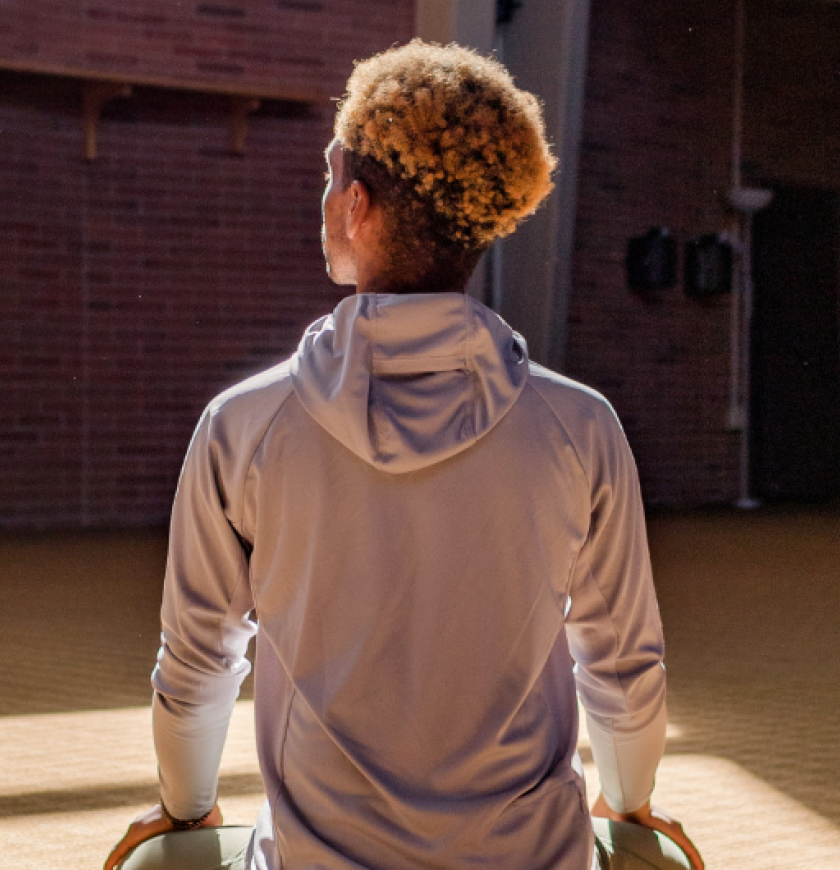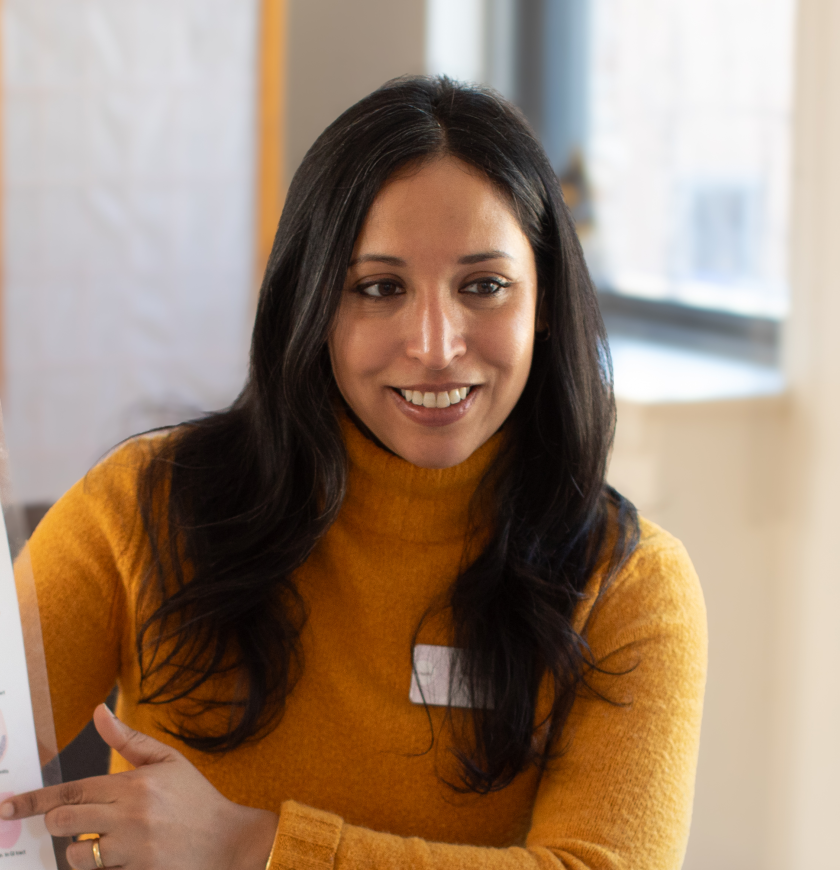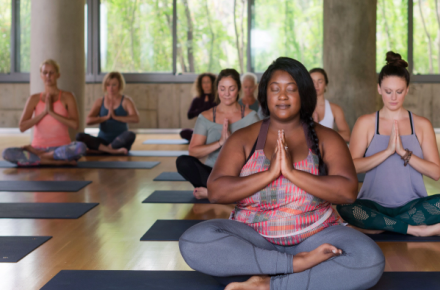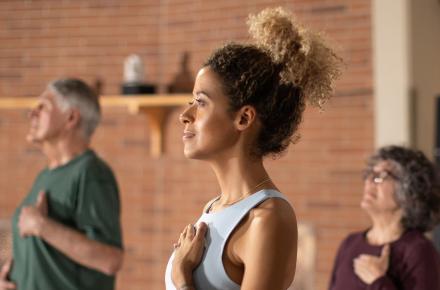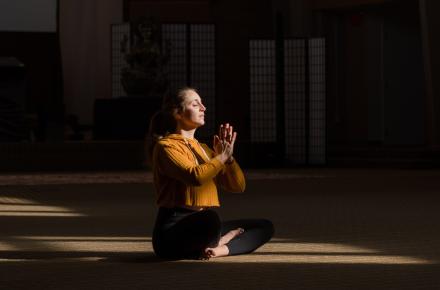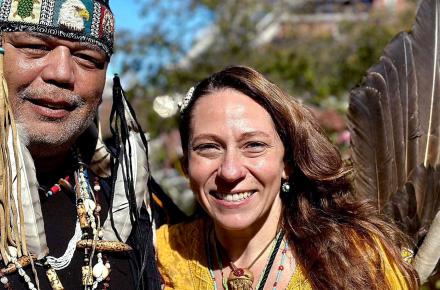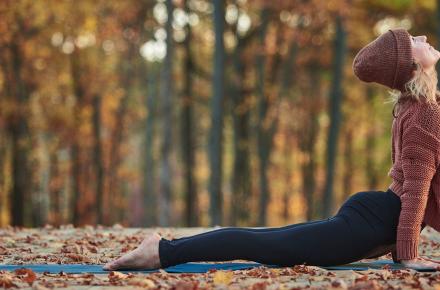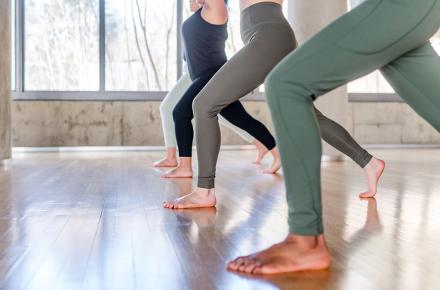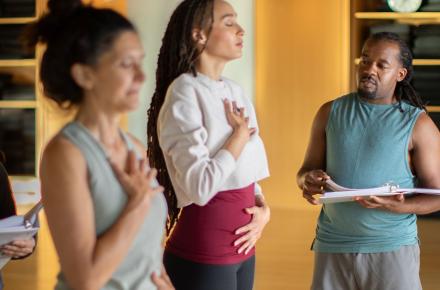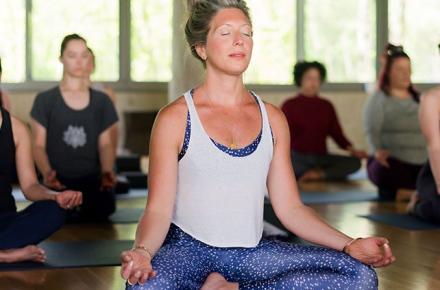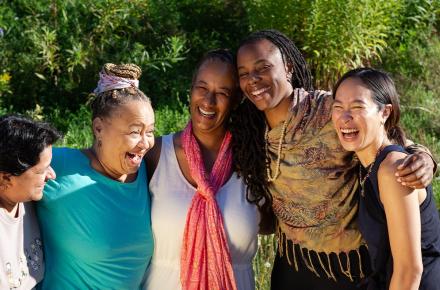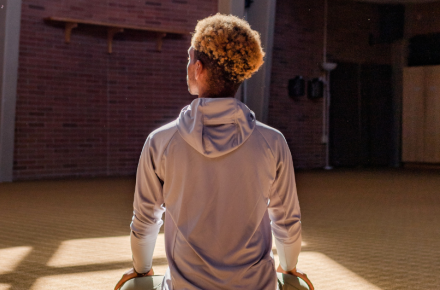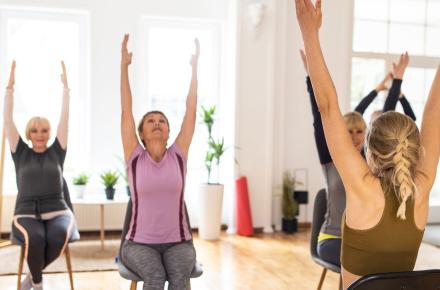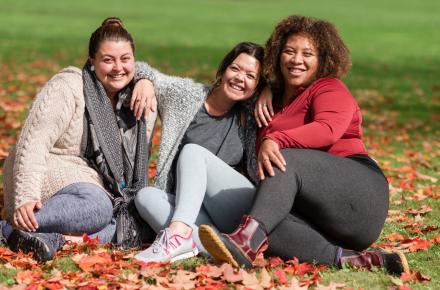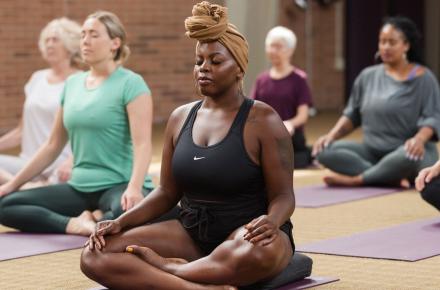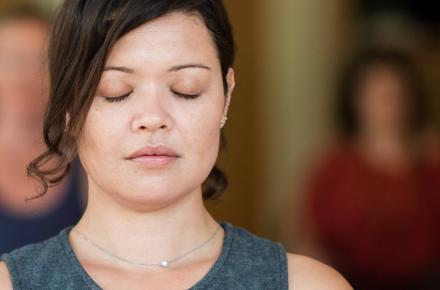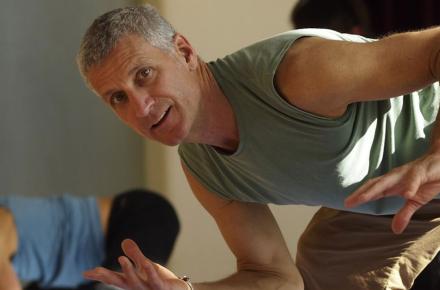The Most Important Thing: Teaching and Living the Yoga Sutras

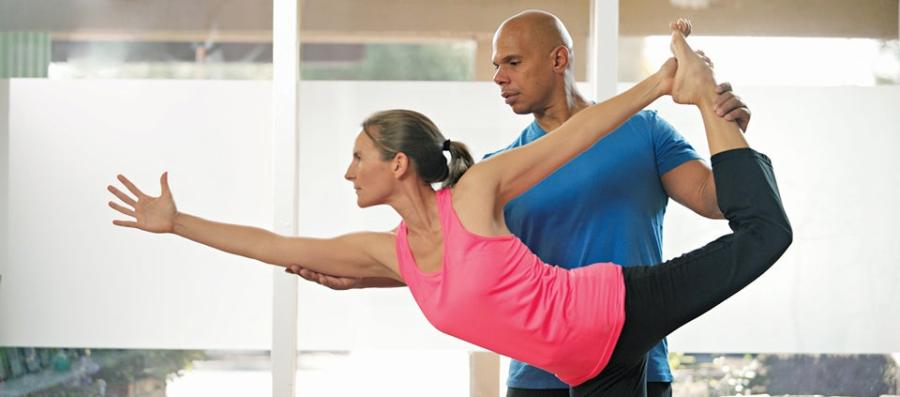
About 10 years ago, I was walking into a studio to teach an evening workshop when an old friend stopped me and asked me how I was doing. Distracted and surprised, I needed a moment to see that what he was really wanting was for me to know was how he was doing—which was not so good. I stopped, took him in, and realized in that moment that it was time for me to get back into counseling. I had been an addictions counselor in the 1990s, but had left that work to teach yoga full-time. Standing on a dark Cambridge sidewalk, I realized that the big group work of yoga teaching was something I still needed to do, but it was also time for me to start working one-on-one again.
Over the last 10 years, this work has had a number of names, but it has always been one person helping another person learn and apply the principles and practices laid out in the Yoga Sutras. Working individually has given me two opportunities that I might not have had any other way. The first is that people have opened up to me in a way that has given me a realistic sense of the human suffering that the Yoga Sutras are trying to address. It is one thing to feel like you know what people are going through; it’s another thing to have them tell you in their own words. The second opportunity is that, working individually, I am able to teach one principle or one practice at a time, and to support a person to move slowly into the skills and understanding of yoga. I believe this has been helpful for my students; I know that it has been tremendously helpful for me. Teaching one skill at a time has taught me the nature of yoga as a lived practice.
The Most Important Thing
When someone asks what to teach to this group or that group, I always tell them “Teach the most important thing.” Each time we teach might be the only chance we get to help someone, so always teach the most important thing. When I went to Twelve-Step meetings, I was told, “Don’t drink, ask for help, and go to meetings.” This advice changed my life and, as a teacher, I have challenged myself to find the same simplicity in how I communicate with yoga students. So I look for the most important thing and break it down into three simple steps. This inquiry has led to my understanding of yoga in terms of
The Problem
The Solution
The Practice.
The Problem
The Yoga Sutra, Book 2, Sutra 3, breaks the “problem” down into five distinct habits of the mind. Avidya, the primary cause of our difficulties, is the habit of the mind to disconnect from the present and to wander into worlds of its own. This disconnection causes the other four habits to arise. We create an imaginary self and its story, complete with the stress of its fears and desires.
The problem is that we are in the habit of unplugging from the present moment and plugging into an imaginary world without really understanding that we’ve done it—hence, the term “avidya” means not seeing things as they are. We see a composite of reality and make-believe that confounds our ability to tell the true from the false. Tell a group of adults that time does not exist and look at their faces as they try to tell the true from the false. Living beings make choices based on their sense of what is going on around them. The dog sees a squirrel and it attacks, the squirrel sees a dog and it runs, we see a moonlit night and think of who we would have liked to share it with and how much they would have loved it—all the while missing the feel of the breeze on our skin. The problem begins and ends with our inability to connect with life itself in the only time and the only place it ever happens: now.
The Solution
The Yoga Sutras start with the phrase “and now” and end with the words “that is all.” It’s as if this ancient teaching were actually just a practical joke with the punch line at the end. Now, that is all, the rest is just made up. The solution is relearning our connection to the now. We are like a wave that has forgotten the ocean. Our task must be to feel back into the ocean and to live from that connection.
The Practice
The Yoga Sutras are practical in nature, beginning with steps that we can take to reduce negative dramas, while increasing the amount of enthusiasm and joy we can experience in everyday life. From there, they reestablish our connection to the body and the breath. This connection is methodically broadened to encompass the mind and the moment. Ultimately, we are taught to hold our connection to life and everything in it, like the sky holds the weather.
We learn to
Let go of drama
Cultivate enthusiasm
Practice connection.
Teaching
I teach the most important thing. We are a part of something. This something exists in the eternal now. Yoga is how we connect to the now and what happens next. That is all.
Rolf Gates is the author of Meditations on Intention and Being: Daily Reflections on the Path of Yoga, Compassion and Mindfulness and Meditations from the Mat: Daily Reflections on the Path of Yoga.
© Kripalu Center for Yoga & Health. All rights reserved. To request permission to reprint, please e-mail editor@kripalu.org.

